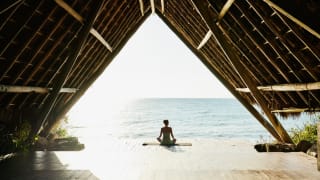Creating a place brand strategy that works for all levels of place
How can you create a brand that works for your city and your region? And what's the key to leveraging a nation brand to work for all levels of place within a country? Ahead of his presentation at City Nation Place Global, we reached out to Cor Jansen, Director at Utrecht Marketing, to understand how they have worked to create a complementary place brand strategy that works for all levels.
First, I understand that Utrecht Marketing is responsible for both the city and the region – can you explain how you leverage these two levels in your marketing?
Utrecht Marketing is responsible for the brand and marketing management of both Utrecht (city) and Utrecht Region. We do so using the multiple helix model, which entails a collaboration between public authorities, the business community, knowledge and education institutions, and cultural, social and sports institutions.
The fact that the city and the region are both called Utrecht is a major advantage. The content of our messaging and the name of the sender – either Utrecht or Utrecht Region – can be tailored to the target group and goal. Roughly, we use the Utrecht brand at the local, regional and national level, and the Utrecht Region brand at the international level, for both leisure and business. Since these geographical borders are less meaningful and less relevant at the international level, we can be flexible in terms of reference. It’s vital to always think outside-in, to start from the angle of the target group and to apply the principle of differential marketing. Who you want to reach, determines how you tell your story and what the story highlights.
It's great to see that you're enjoying our content.
You've already read one article this month. Please sign in or create an account to continue reading - it's completely free and will only take a minute!
Thank you for using City Nation Place!
To access please sign in








